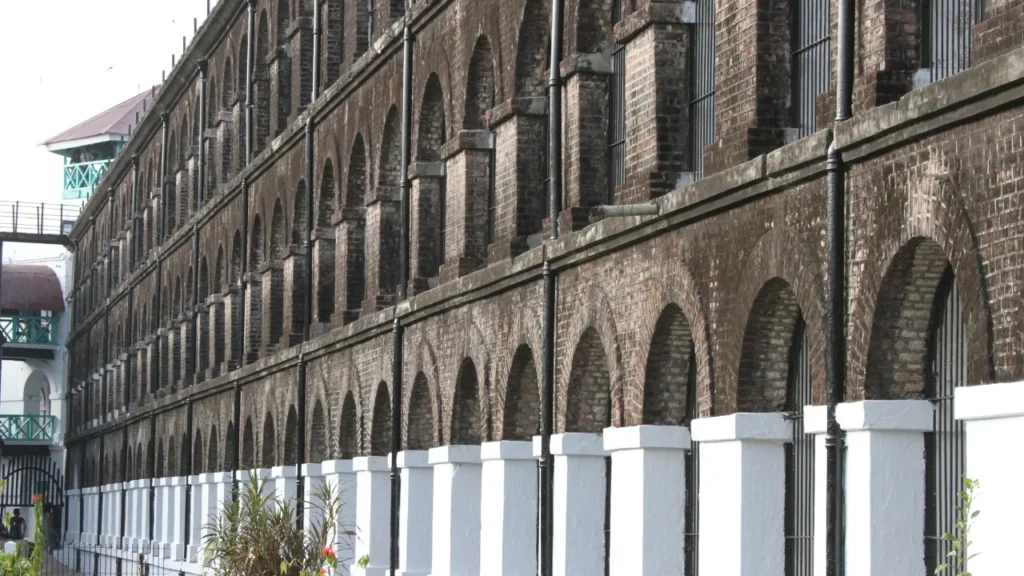A archipelago, Andaman and Nicobar Islands, located in the Bay of Bengal, claims an attractive history that extends for thousands of years. These islands, known for their ancient beaches, lush green forests and rich maritime lives, have a unique past affected by indigenous cultures, colonial powers and India after independence. Today, the islands not only attract enthusiasts towards history, but passengers are also looking to find their beautiful beauty through customized Andaman travel packages.
Ancient Inhabitants and Early History
The first known residents of the Andaman and Nicobar Islands were the Great and Swadeshi tribes, such as the Great Andaman, Onanga, Jarwa, and Sentinel, who are believed to have lived there for thousands of years. Separated from the outside world, these tribes developed different cultures and languages. He lived a nomadic lifestyle, relying on the natural resources of the islands for his livelihood, and fiercely protected his areas from the effects of the outside world.
The islands were first recorded in history by explorers and traders from Asia and Middle East. The Chola dynasty used the islands as a naval base to launch campaigns against the Srivijaya Empire in Sumatra. After several centuries, Arab travelers such as Ibn Battuta mentioned the islands in their history.
Colonial Rule
The strategic place of the Andaman and Nicobar Islands attracted the attention of European colonists in the 18th century. The British East India Company controlled the islands in the late 1700s, but the harsh environment and enmity with indigenous tribes made the disposal difficult.
After the Indian rebellion of 1857, it was not until 1858 that the British established a punishment colony on the Andaman Islands. The infamous cellular gel, or “black company”, was designed to imprison Indian freedom fighters and political prisons. Many major freedom fighters of India, including Veer Savarr, were disorganized here. Cellular gel became a symbol of British oppression, but also a place of flexibility, as it hosted several rebellion and protests by the prisoners.
During World War II, Japanese summarized Andaman and Nicobar Islands from 1942 to 1945. During this period, the Army of the Allied Army and Axis powers fought a battleground on the islands, leading to difficulty for the local population. After the war, the British gained control of the islands, and they joined independent India in 1947.
Post-Independence Era
After gaining independence, the Government of India developed the islands as a strategic military post and a tourist destination. In 1956, the government declared the Andaman and Nicobar Islands a center area and made significant efforts to improve the infrastructure, especially in the Rajdhani Port Blair.
Today, islands are a center for eco-tourism, offering excess of experiences for visitors. Popular things to do in Andaman include visiting historical sites such as scuba diving, snorkeling and cellular gel. The islands are also homes of diverse flora and organisms, making them a shelter site for nature lovers.
Festivals and Culture
The culture of Andaman and Nicobar Islands is a mixture of indigenous traditions and influences from the mainland and tourists of India. Despite the isolation, the islands host many cultural events throughout the year. Festivals in Andaman, such as island tourism festivals, local art, crafts, music and dance, provide a glimpse to visitors in the unique culture of the islands. Various population on the islands celebrate religious festivals like Diwali, Christmas and Eid.

